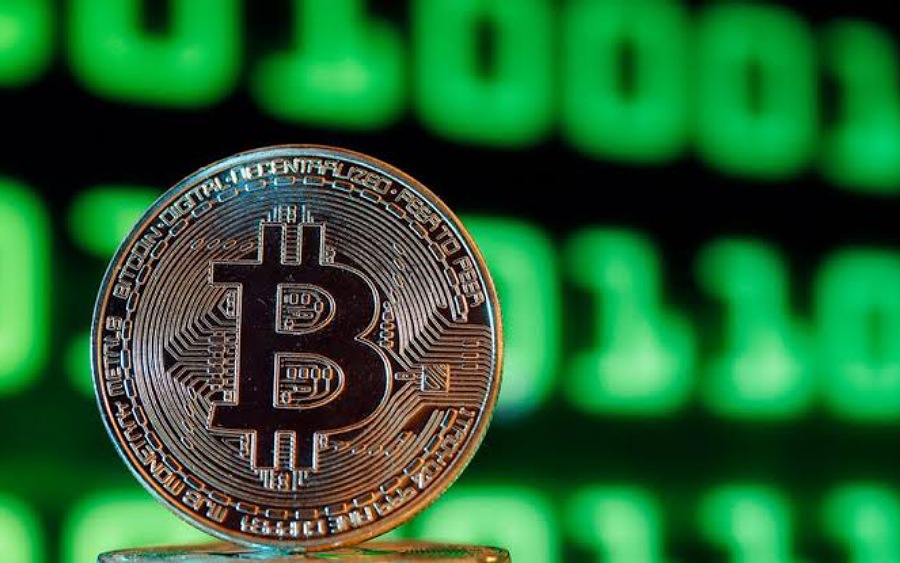Bitcoin soared beyond $97,000 on Friday, reaching its highest level in over two months, driven by renewed institutional investment and easing global trade tensions.
As of 7:50 AM Nigeria time, Bitcoin was trading at $96,704, marking a 1.9% increase, after briefly hitting a day’s high of $97,437.
Ethereum also experienced upward momentum, gaining 1.3% to trade at $1,831, while the global crypto market cap surged 1.5% to $3.01 trillion.
Major altcoins, including Litecoin, Dogecoin, and Cardano, mirrored the rally.
Boost in institutional confidence
One of the key factors behind Bitcoin’s rise was a significant boost in institutional confidence, spearheaded by Strategy, a major corporate holder that announced the issuance of $21 billion in shares, reinforcing the demand for Bitcoin as a long-term asset.
Additionally, geopolitical shifts played a role in market sentiment. The Chinese Ministry of Commerce recently signaled willingness to engage in trade negotiations with the United States, following Washington’s overtures to restart dialogue.
This diplomatic shift raised hopes for trade talks between the world’s largest economies, particularly after a fierce trade war erupted in April, leading to uncertainty across global markets.
Despite China’s expressed interest in negotiations, officials in Beijing emphasized that any meaningful progress would depend on the U.S. reducing its trade tariffs against the country.
Pressure from China
While Washington has made initial diplomatic overtures, Beijing continues to pressure American officials to take concrete steps toward easing restrictions, ensuring that negotiations move beyond rhetoric.
- Beyond the price movement, Bitcoin enthusiast Robert Breedlove sees a deeper market cycle unfolding, one rooted in miner economics, long-term behavioral patterns, and global liquidity trends.
- In a post on X, the podcast creator highlighted an essential metric—the average miner cost of production, which has historically coincided with major market bottoms since 2016.
- According to Breedlove, this metric serves as a reliable indicator of Bitcoin’s potential price floor, suggesting that BTC may be on the verge of a significant bull run.
The theory holds weight, as financial markets rarely trade below production costs in rational conditions. When Bitcoin’s price dips below the break-even cost for miners, it often forces unprofitable miners out of the market, reducing supply and eventually driving prices higher.
This cycle has played out multiple times in Bitcoin’s history, reinforcing its predictable recovery pattern after downturns.
What you should know
Further supporting Bitcoin’s recent surge, on-chain data reveals that cryptocurrency whales purchased approximately $4 billion worth of Bitcoin in the last two weeks of April, signaling strong investor accumulation.
- This trend was mirrored by increased inflows into spot BTC ETFs, which saw consistent accumulation from April 17 to April 30, reinforcing growing institutional interest.
- With macro trends and investor behavior aligning, analysts are watching Bitcoin closely to determine whether the latest price momentum marks the beginning of another prolonged market expansion.
The combination of institutional investment, miner cost indicators, and geopolitical shifts suggests that Bitcoin may be positioned for further gains in the coming months.























